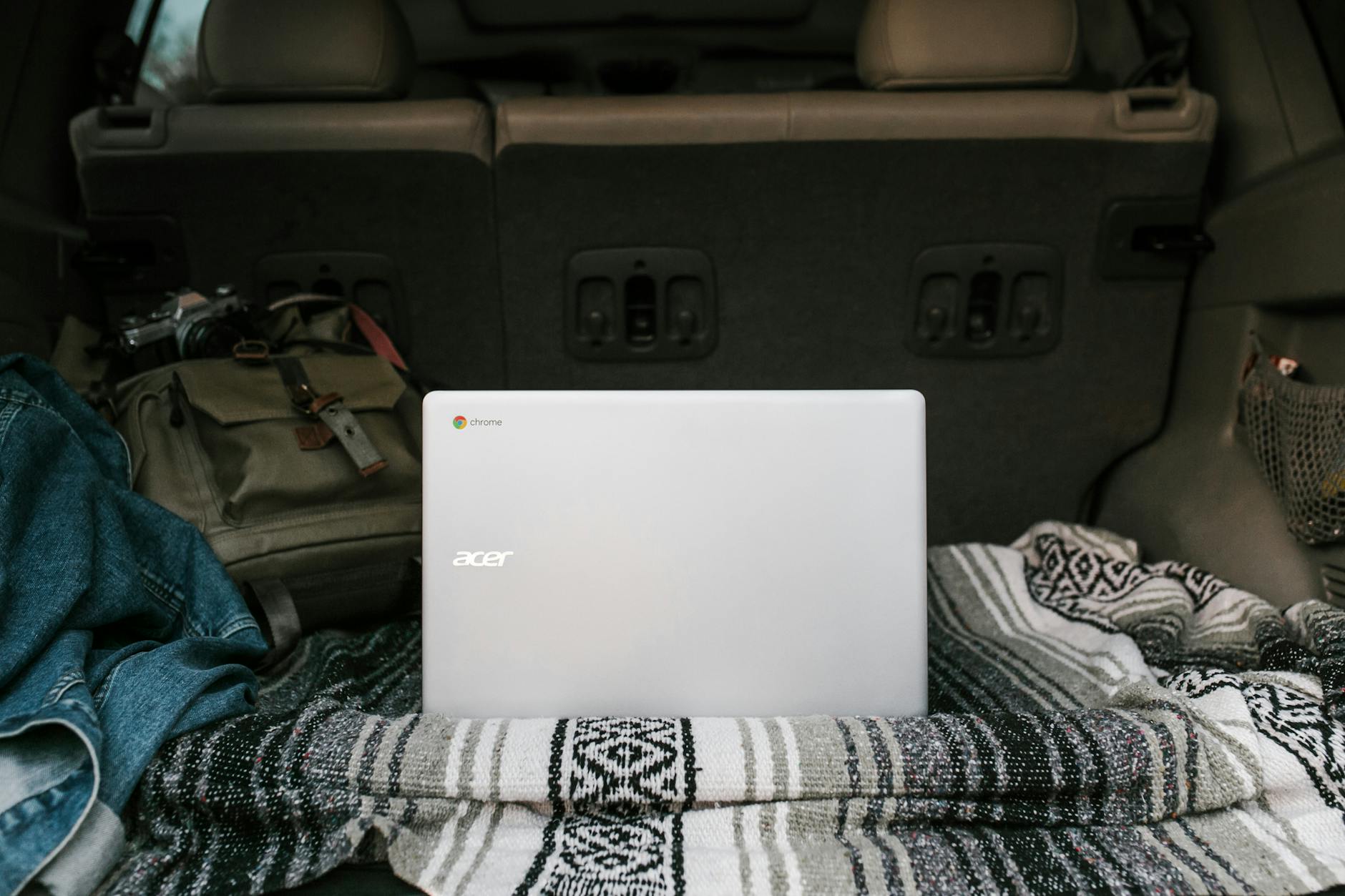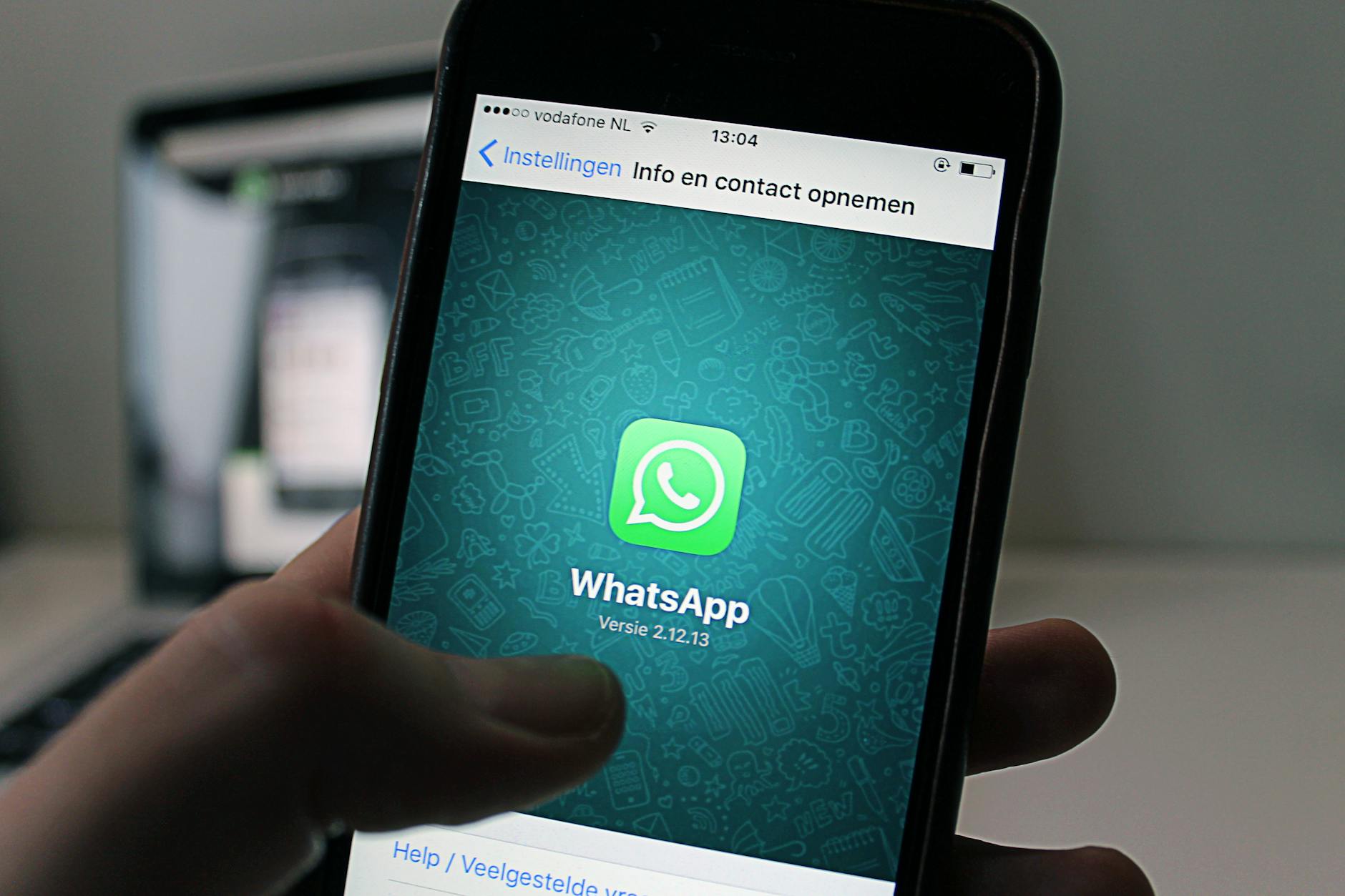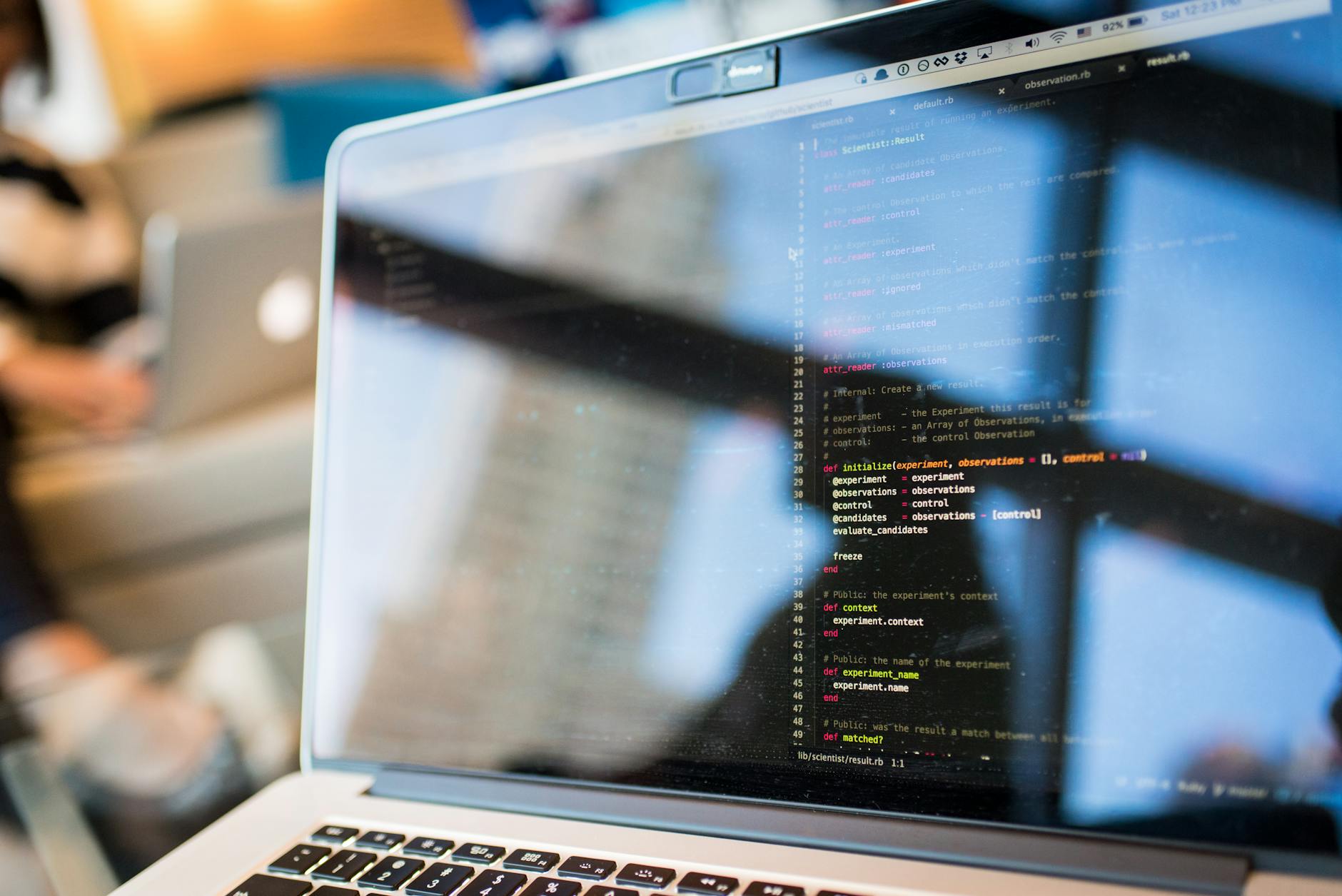Why GPS Education is Revolutionizing Teaching Methods in Australia

GPS Education in Australia
Current Teaching Methods
The ways GPS technology is currently being taught in Australia can be quite engaging, especially when integrated into interactive learning experiences. For instance, when students explore the applications of GPS, educators aim to make it practical by using real-world scenarios. Imagine heading to South Bank Parklands for a field trip, where students could map out the area using GPS devices, making the experience hands-on and memorable. This helps them grasp the practical implications of GPS technology.
Educators are progressively including tech-based projects in their syllabi that highlight GPS applications, such as outdoor expeditions and data analysis projects, to reinforce theoretical concepts. Discussions often include the reliability and accuracy of geographical data, encouraging students to think critically. Such methods provide students tangible benefits by nurturing their analytical and spatial reasoning skills.
Integration of GPS Tools
Incorporating GPS tools into educational settings enhances teaching strategies, allowing students to actively participate in their learning journeys. From simple walks with a GPS device to tracking migratory patterns in real time, there's an eagerness in classrooms to blend traditional and modern methods. Schools are exploring options to introduce GPS-related assignments that encourage curiosity and excitement among students.
Goals of GPS Education
The aim of integrating such technology extends beyond merely imparting knowledge. It is about building a foundation for students to understand the significance of GPS in today's world. The primary goal is to create an environment where technology, such as a hidden camera or a spy camera, transforms conventional educational practices into something more insightful and engaging. Encouraging independent research using GPS tools can prepare students for various professions, fostering tech-savvy, informed individuals ready to thrive in this ever-evolving landscape.
Benefits for Educators
Enhanced Teaching Insights
The incorporation of technology in education is pivotal for creating a dynamic learning environment. With tools like a car tracker, educators in Queensland can delve into real-time analytics, offering insightful data about both field activities and classroom engagements. Consider, for instance, a geography teacher keen on illustrating traffic patterns for a class project. Using tracking technologies, they can easily monitor and analyze how traffic flows near the iconic South Bank Parklands, thereby enriching students' understanding of urban planning.
Versatile Teaching Approaches
In today's classrooms, it is essential to adapt different teaching methods that engage students actively. A Voice Recorder provides educators with the flexibility to offer remote learning experiences, such as live demonstrations of science experiments. This can significantly benefit students who might not be physically present in the classroom, enabling them to participate virtually without missing out on these vital learning experiences. For educators, it's an opportunity to diversify their pedagogical strategies, making teaching more inclusive and expansive.
Real-time Data Usage
Embracing real-time data is a game-changer for educators looking to tailor their lessons to current events and scenarios. Whether it's tracking environmental changes for a biology lesson or examining traffic congestion for urban planning projects, educators have the tools to make learning relevant and timely. Real-time data integration into lesson plans transforms abstract concepts into relatable knowledge, promoting a deeper understanding and interest in students. This approach empowers educators to design lesson plans that are not only informative but also resonate with students' everyday experiences.
Impact on Students
Personalized Learning Opportunities
Tailoring educational experiences to individual preferences and learning styles can transform how students engage with their studies. With listening devices, technology can bring such personalized opportunities into the classroom. Imagine a project where students explore geographical features of Mount Coot-tha. By using GPS trackers, each student's journey can be custom mapped, illustrating their unique learning paths. Not only does this make geography more tangible, but it also caters to individual learning speeds and interests. This approach helps in accommodating diverse learners without making them feel out of place.
Interactive Learning Experiences
GPS technology can significantly enhance interactive learning. Envision a practical lesson at the Queensland Museum where students utilize GPS to track their routes as they explore exhibits. This makes learning an expedition rather than a mere classroom activity. Such immersive experiences foster active participation and stimulate curiosity, keeping students eager to learn. Digital scavenger hunts using GPS encourage problem-solving and collaboration, shifting the learning focus from passive reception to active engagement.
Skill Development
Integrating GPS tools in education not only aids in learning academic content but also equips students with crucial skills. Tech-savvy students can gain proficiency in understanding and operating modern navigational tools, which are essential in today's tech-driven environment. Beyond technical skills, it develops critical thinking and spatial awareness, as students learn to interpret geographical data effectively. With real-world applications evident in everyday technologies, aligning educational content with these advancements prepares students for the future.
Challenges in Implementation
Technological Barriers
Navigating the intricacies of implementing a GPS tracker in educational settings can be akin to embarking on a demanding tech project. One of the main challenges is the disparity in technological infrastructure across schools. In many Queensland schools, resources can vary dramatically, leading to unequal opportunities for students and educators to fully utilize GPS technology. Technical issues could lead to increased maintenance costs and the need for frequent software updates, which can place additional stress on school budgets. It's vital for educational institutions to collaborate and innovate to overcome these barriers.
Privacy Concerns
A significant concern that shadows the use of GPS technology in educational environments is privacy. Institutions need to ensure that the privacy of both students and staff is never compromised. Questions about data collection, storage, and access must be addressed with clear policies and open communication. Schools might be hesitant to adopt such systems due to potential legal ramifications or the fear of public backlash.
Training and Support
Training educators and administrative staff on using GPS technology effectively is another hurdle. Many educators, much like some tech enthusiasts in their 20s who might be unfamiliar with specific devices, may require ongoing support and training. This process involves not only learning how to use the device but also how to integrate it into the curriculum effectively. Without sustained training and support, even the most advanced tools can fall short of their potential to impact teaching and learning positively.
Call to Action
Embrace Technological Integration
It's time we embrace the vast potential of technology in our educational landscape. Leveraging GPS tools, students can gain hands-on experience akin to fieldwork at the Queensland Museum and Sciencenter. By incorporating real-world applications, students can learn to navigate and understand the geography of South Bank Parklands or Mount Coot-tha in impactful ways. Fleet management software and geolocation technologies provide real-time data, bridging the gap between classroom theory and practical, real-world scenarios.
Foster Collaborative Endeavors
To truly harness the power of technology, collaboration is key. Educational institutions here in Brisbane and beyond can join forces with tech companies, seeking mutual benefits. This could mean tapping into the expertise of local tech giants to provide training, or it could be about forming study groups that meet at local landmarks to track and analyze GPS data collectively. By working together, both educators and students will be more equipped to tackle the complexities of car tracking solutions and similar technologies.
Envision A Futuristic Educational Landscape
Looking ahead, the future of education in Queensland – and indeed, much of Australia – could be thoroughly transformed. Imagine classrooms that mesh seamlessly with virtual environments, where auto tracker technology can be used for more than just understanding maps, but serves as a foundation for budding technologists. With the right skills and knowledge, the horizons stretch wide open for students, positioning them to thrive in a tech-centric world. Let's empower our learners to seize these opportunities and rise to the challenges ahead.


